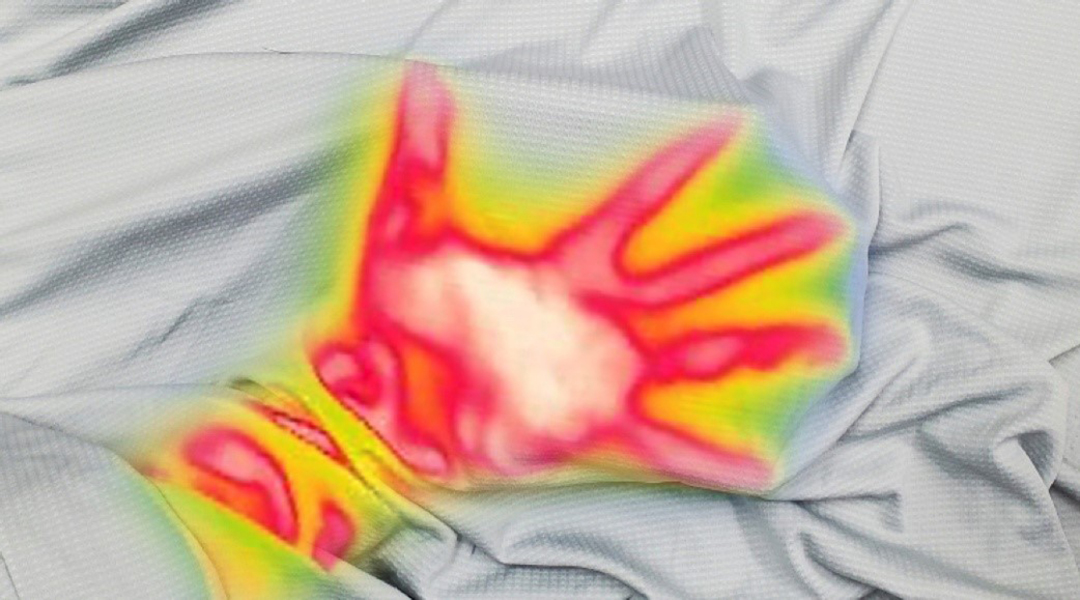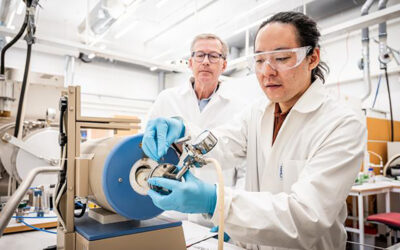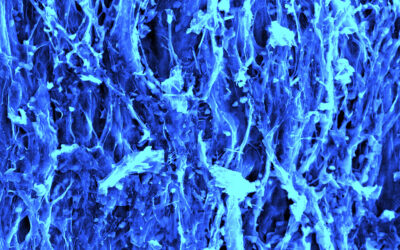World-wide, energy consumption is growing exponentially and is inevitably linked to high levels of greenhouse gas emissions and the progression of climate change.
Among the highest levels of energy consumption, HVAC (heating, ventilation, and air conditioning) is responsible for roughly 30% of the energy used in houses and buildings in US, and is associated with the production of 190 megatons of carbon dioxide every year. Surprisingly, an enormous potential reduction of 38 megatons of carbon dioxide could be obtained if all these houses and buildings turned the thermostat up 1℃ in summer and 1℃ down in winter.
This simple but meaningful change inspired researchers from UC San Diego and NanoSD Inc. (an energy-focused startup company in San Diego) to invent smart clothing which could help reduce HVAC energy consumption by better regulating our body temperatures. The new smart textile, called Thermally Adaptive Textile or TAT, utilizes automatic robotic materials that can transform its shape to adjust the breathability of textile in response to different levels of humidity and heat. These findings were recently published in the journal, Advanced Intelligent Systems.
As a proof of concept, a miniature actuator array was integrated into a garment fabric. The actuators themselves are made by pairing a layer of hygroscopic or moisture-absorbing material with a non-hygroscopic layer. The hygroscopic material expands when it captures moisture in the air as a result of human perspiration, while the non-hygroscopic layer remains unchanged. This leads to transformation of actuator into curved shapes and the opening of small flaps, which act like miniature windows, regulating temperature by controlling the amount of humidity under the garment, thus cooling or insulating the wearer.
These flaps are so advanced and sensitive to moisture that they can sense “pre-sweating” conditions, opening the flaps before the wearer even begins to feel hot. TAT could be implemented to help control our thermostats and save on HVAC energy.
While TAT is still in its early stages of developing and required a more commercially friendly design, the team also hopes to expand its capabilities and extend its application to construction materials, such as smart membranes for buildings that could regulate humidity and temperature themselves. This would no doubt pave the way for enormous energy savings, strategies for which are desperately needed as we strive to mitigate the worst effects of climate change.
Reference: Gunwoo Kim, Sungho Jin, et al. Human‐Skin‐Inspired Adaptive Smart Textiles Capable of Amplified Latent Heat Transfer for Thermal Comfort. Advanced Intelligent Systems (2020). DOI: 10.1002/aisy.202000163

















